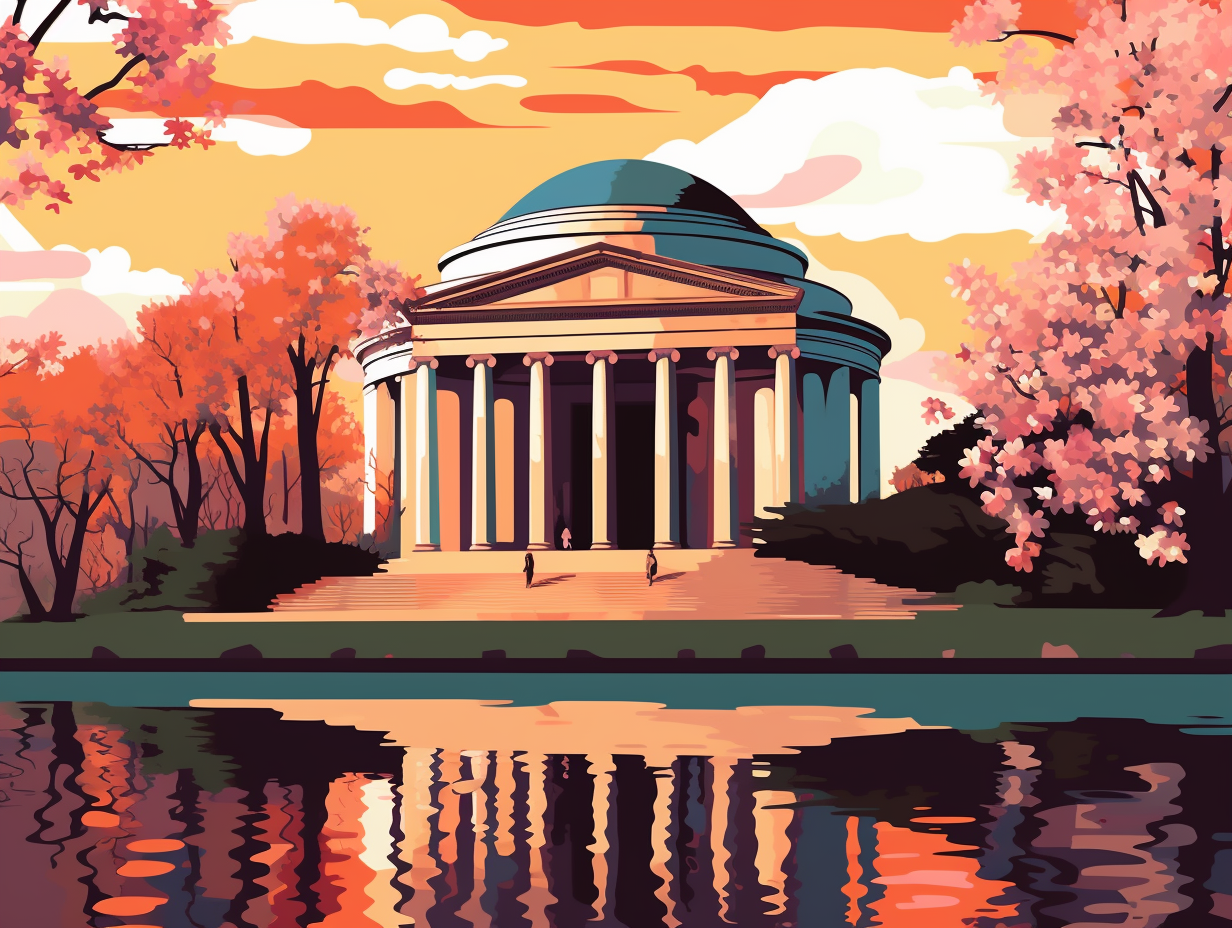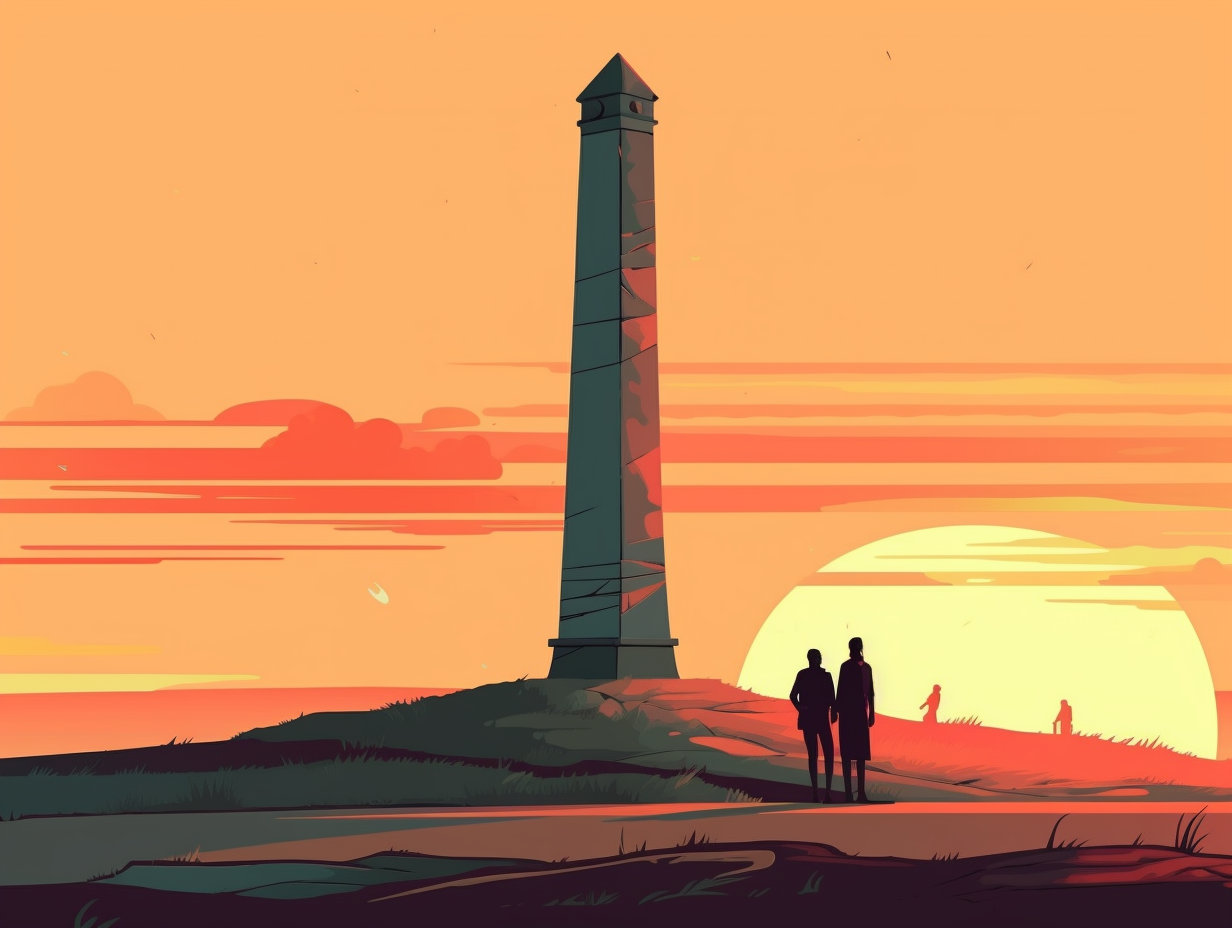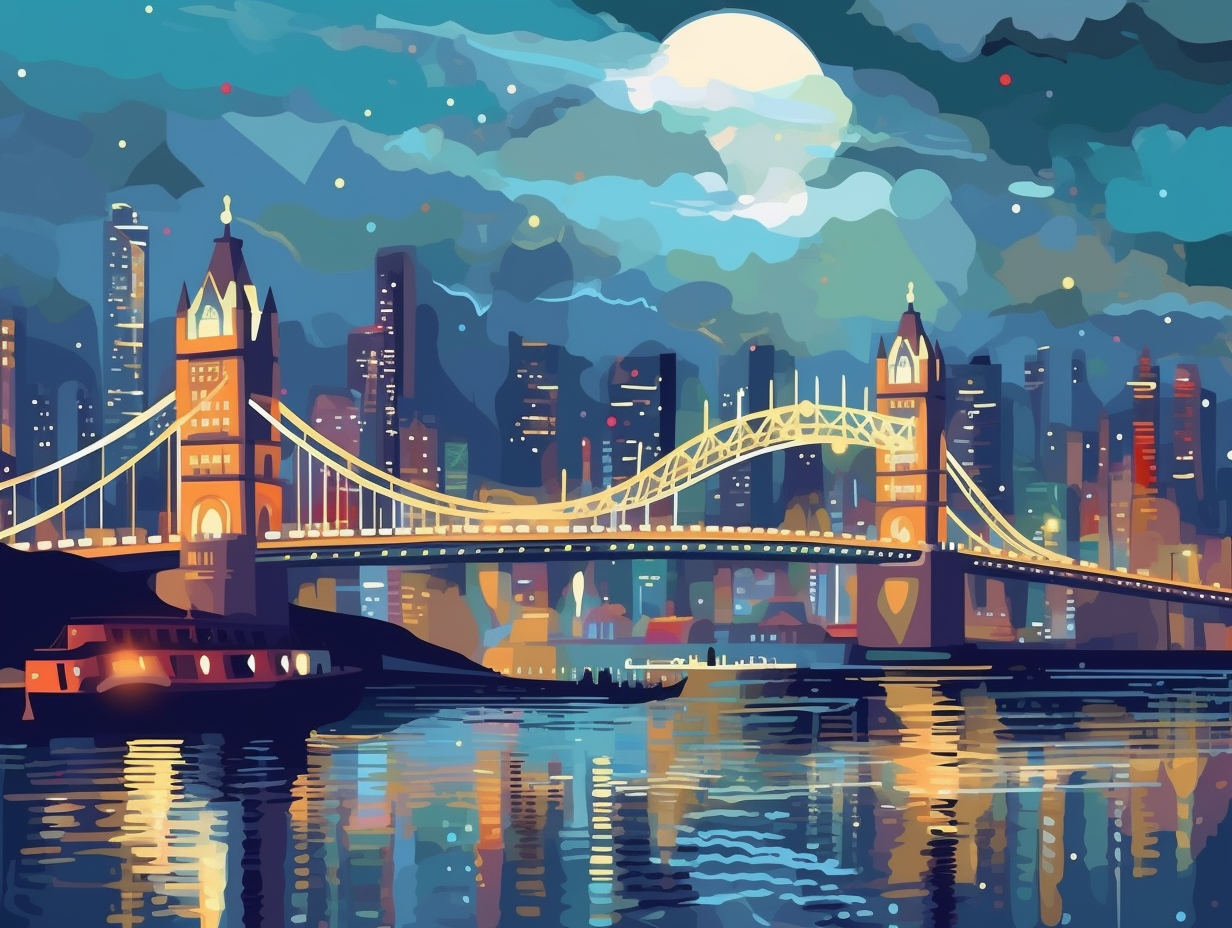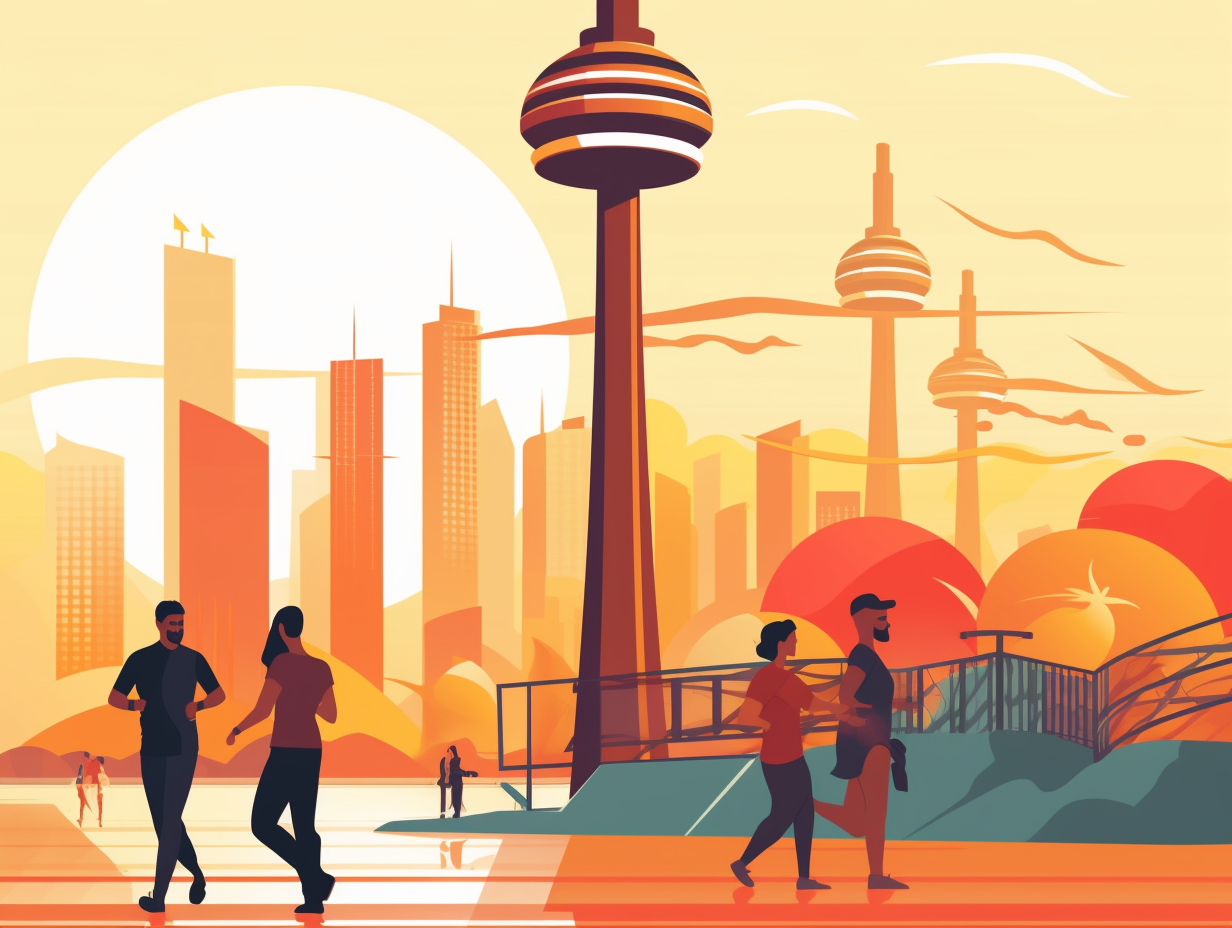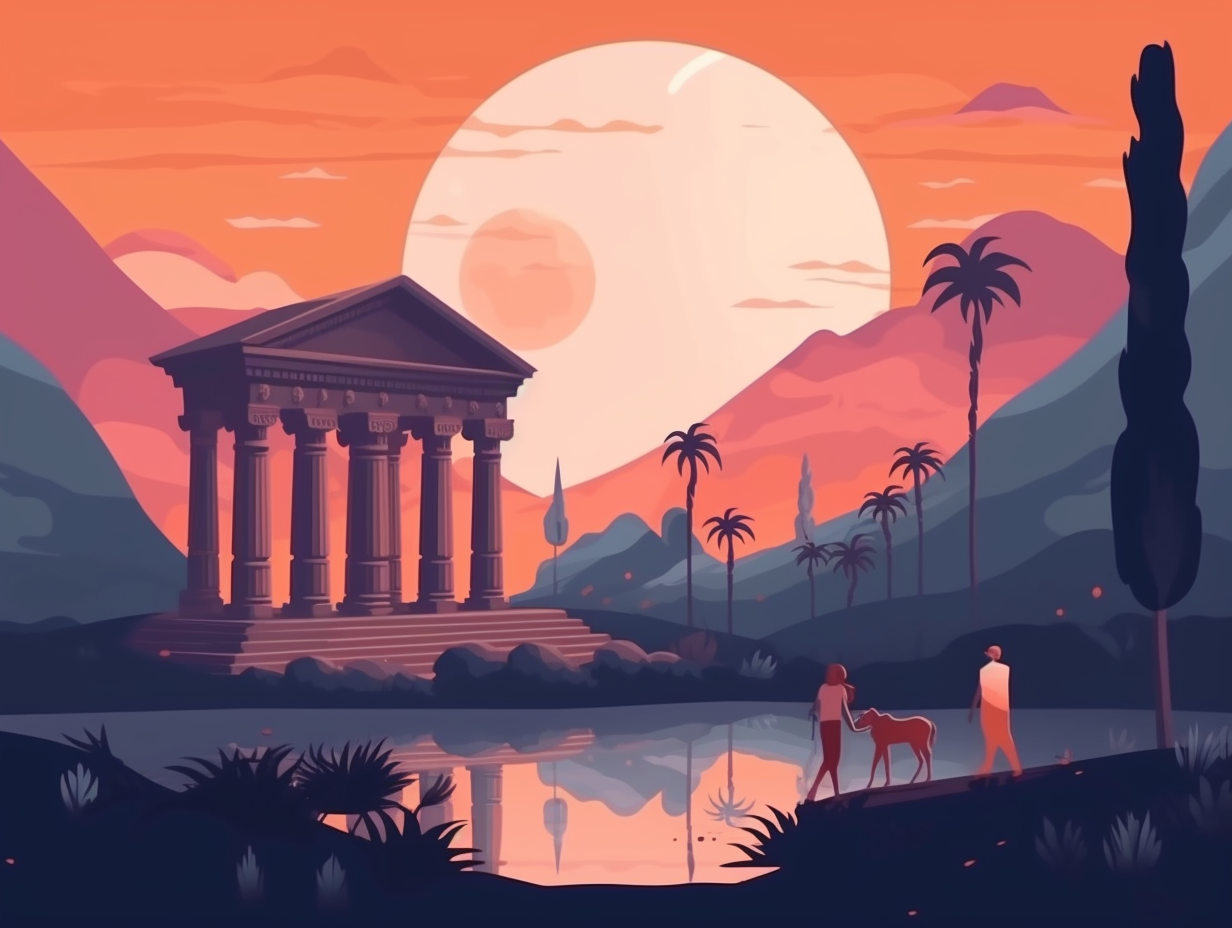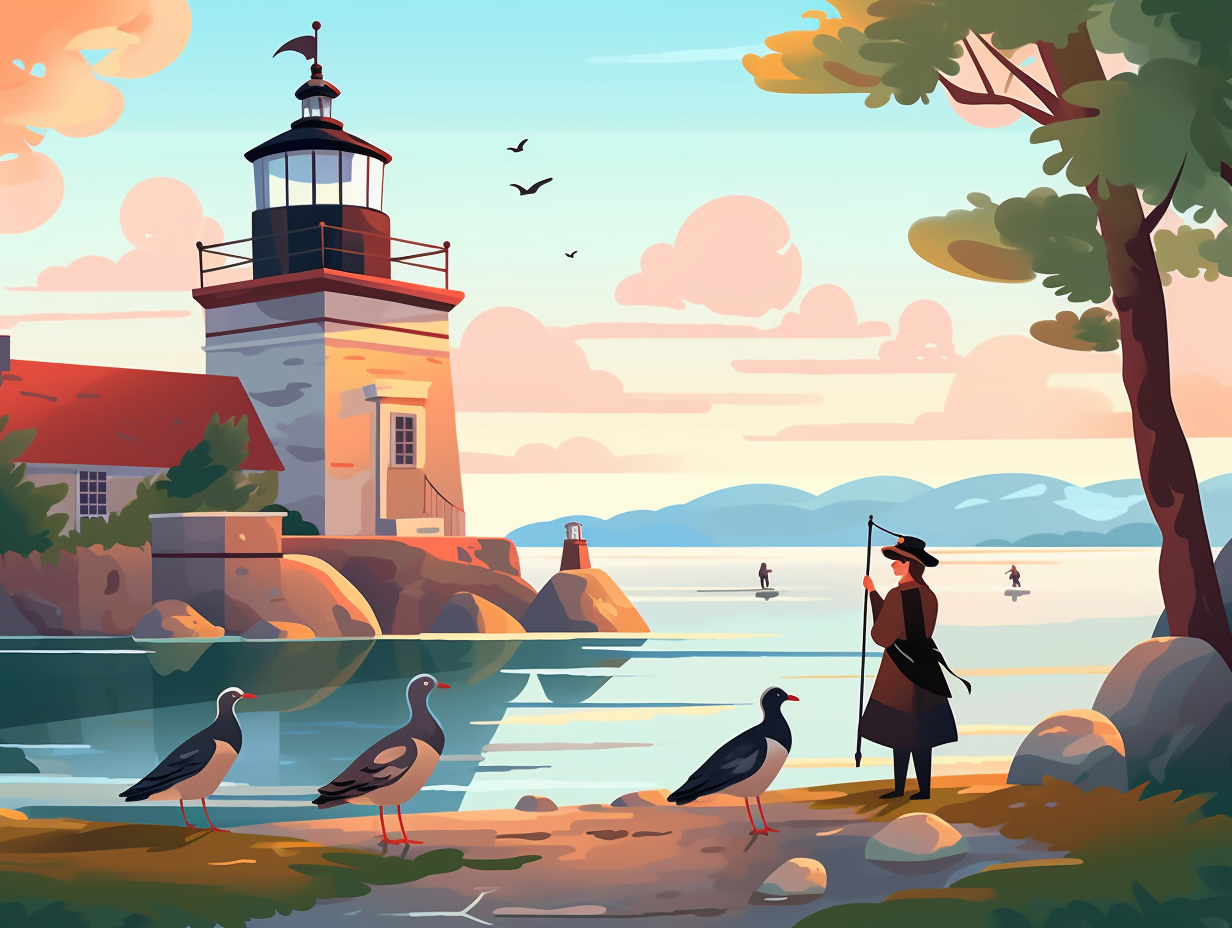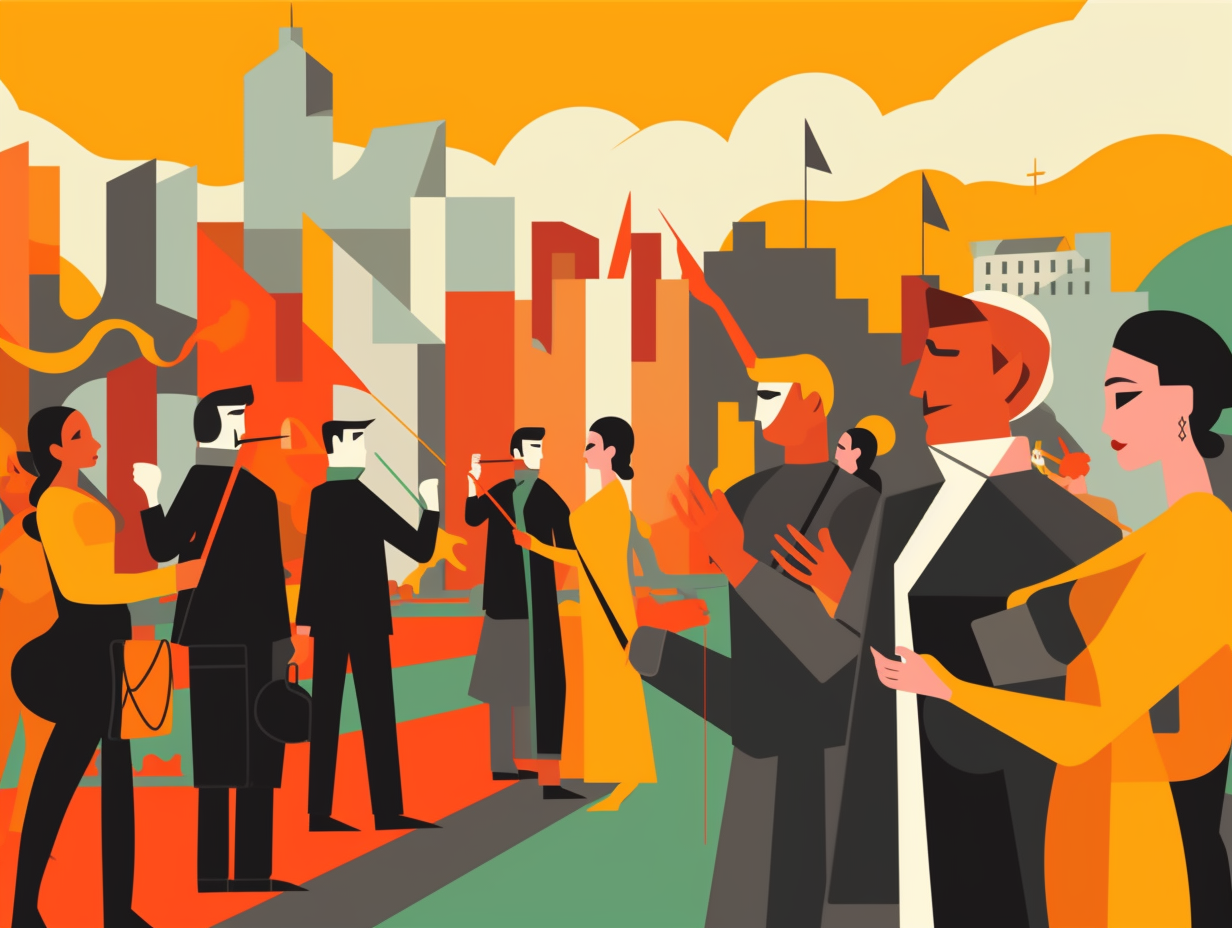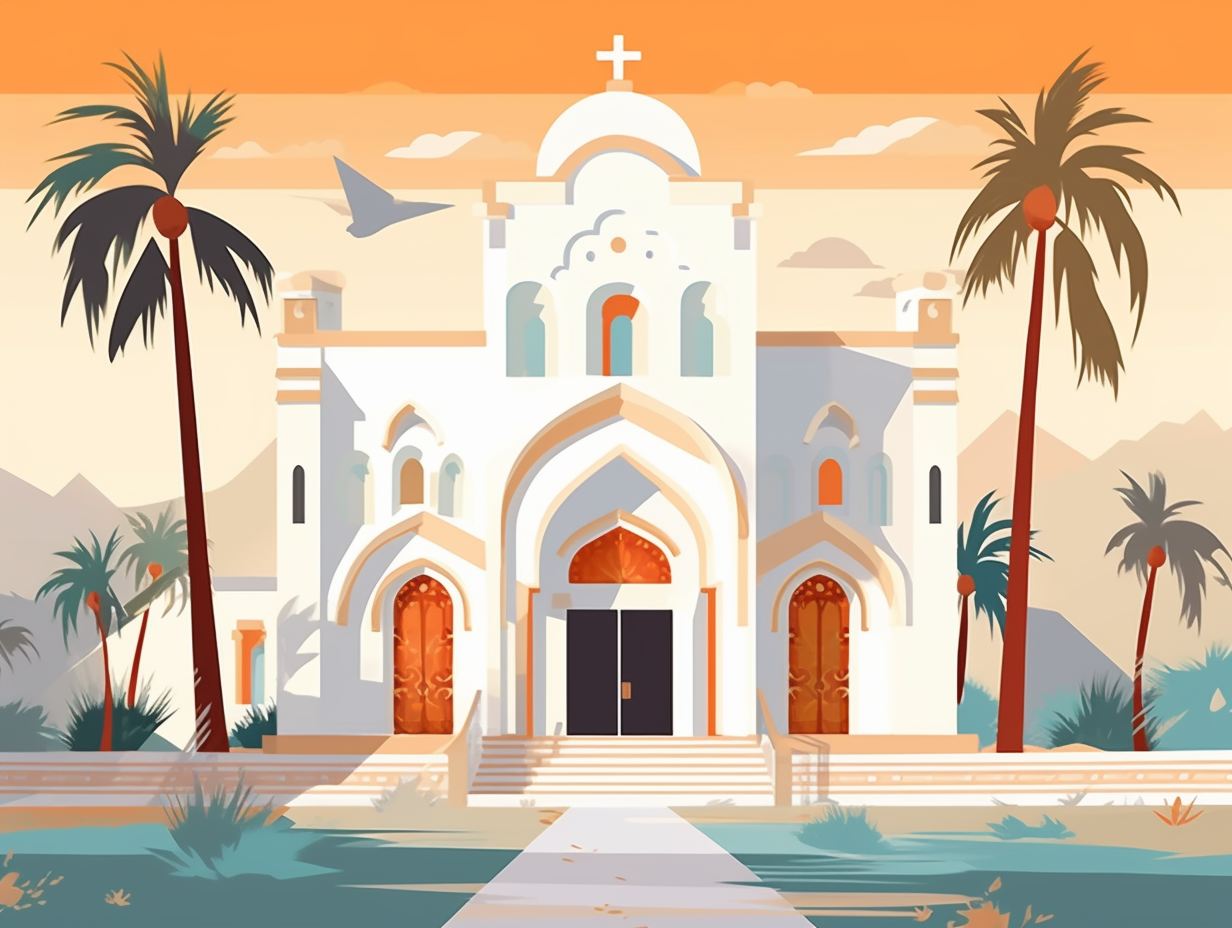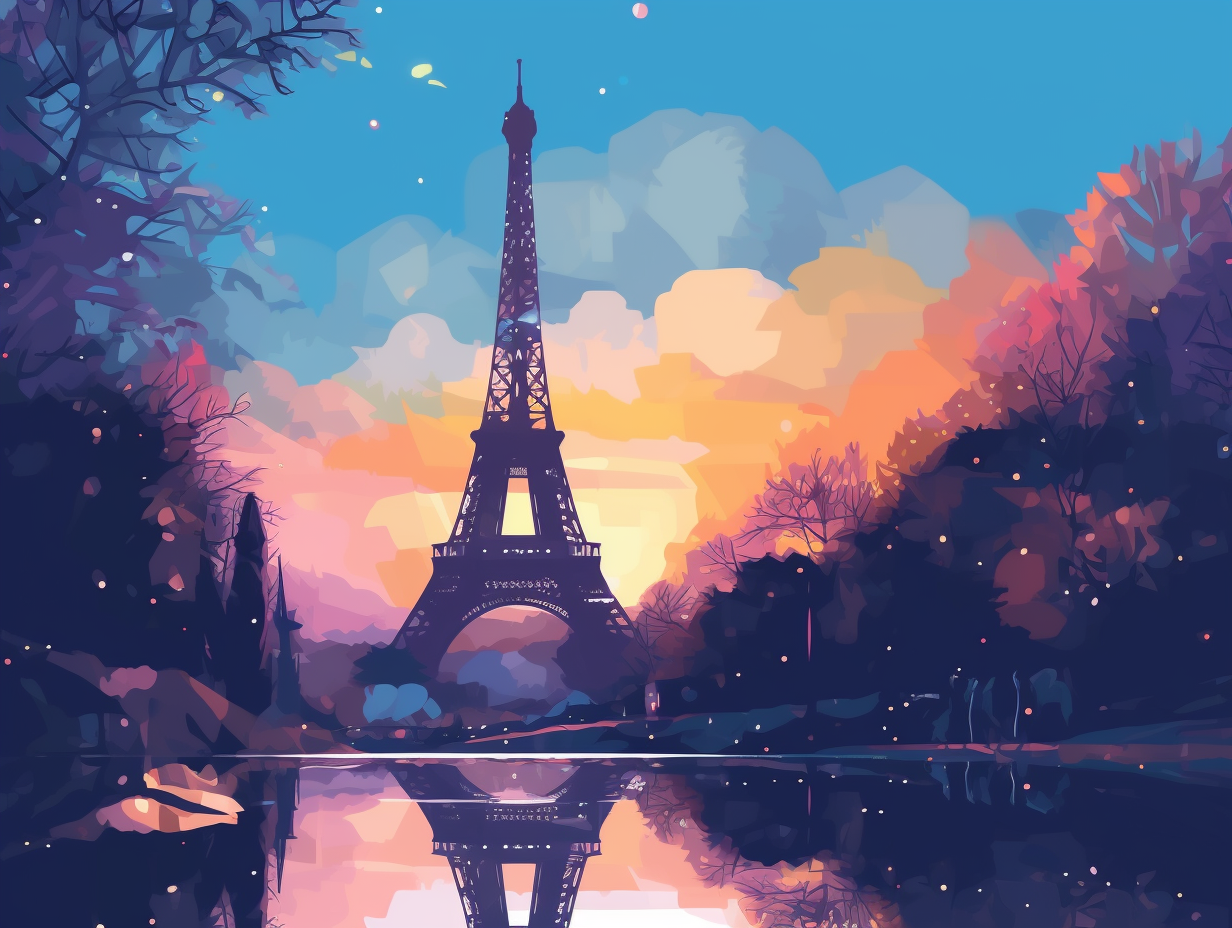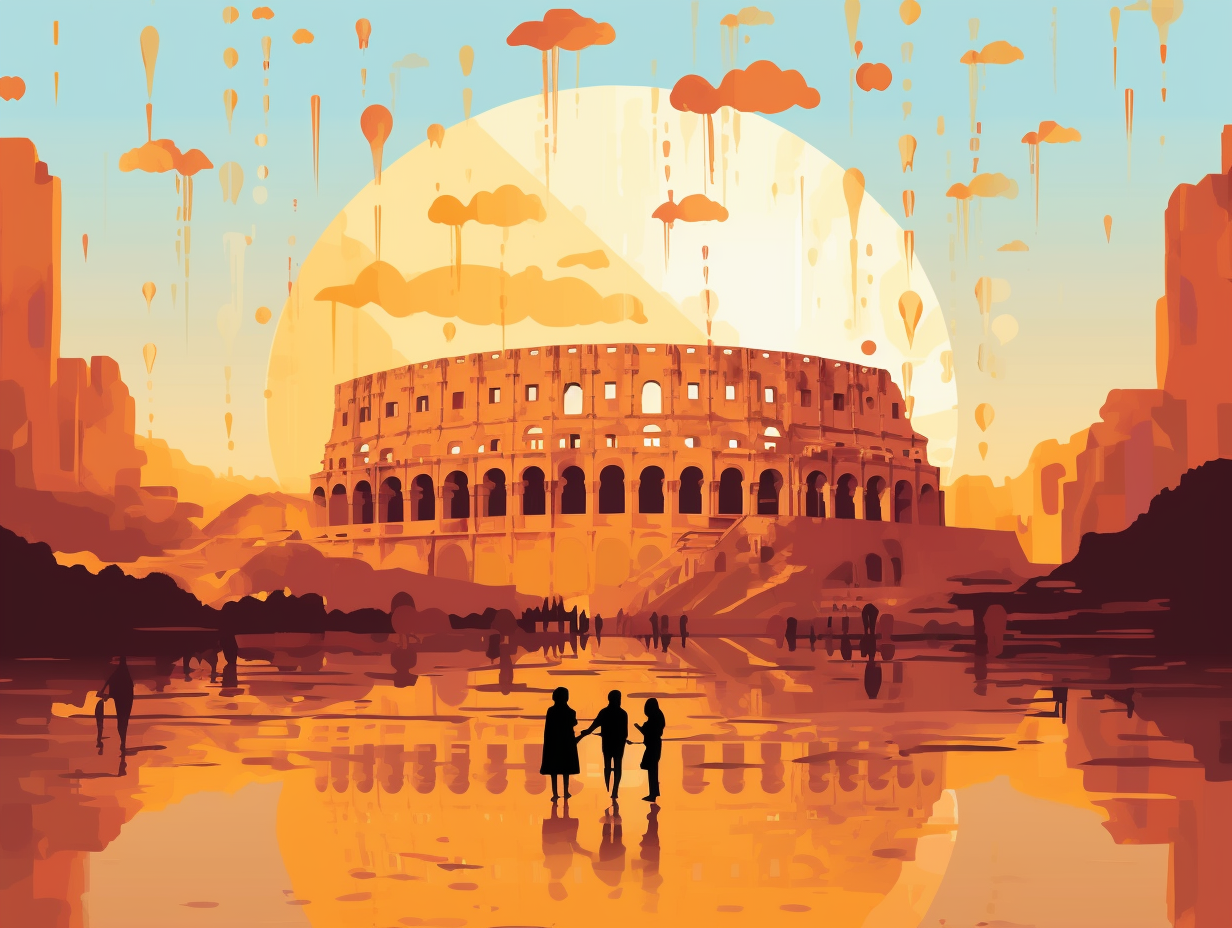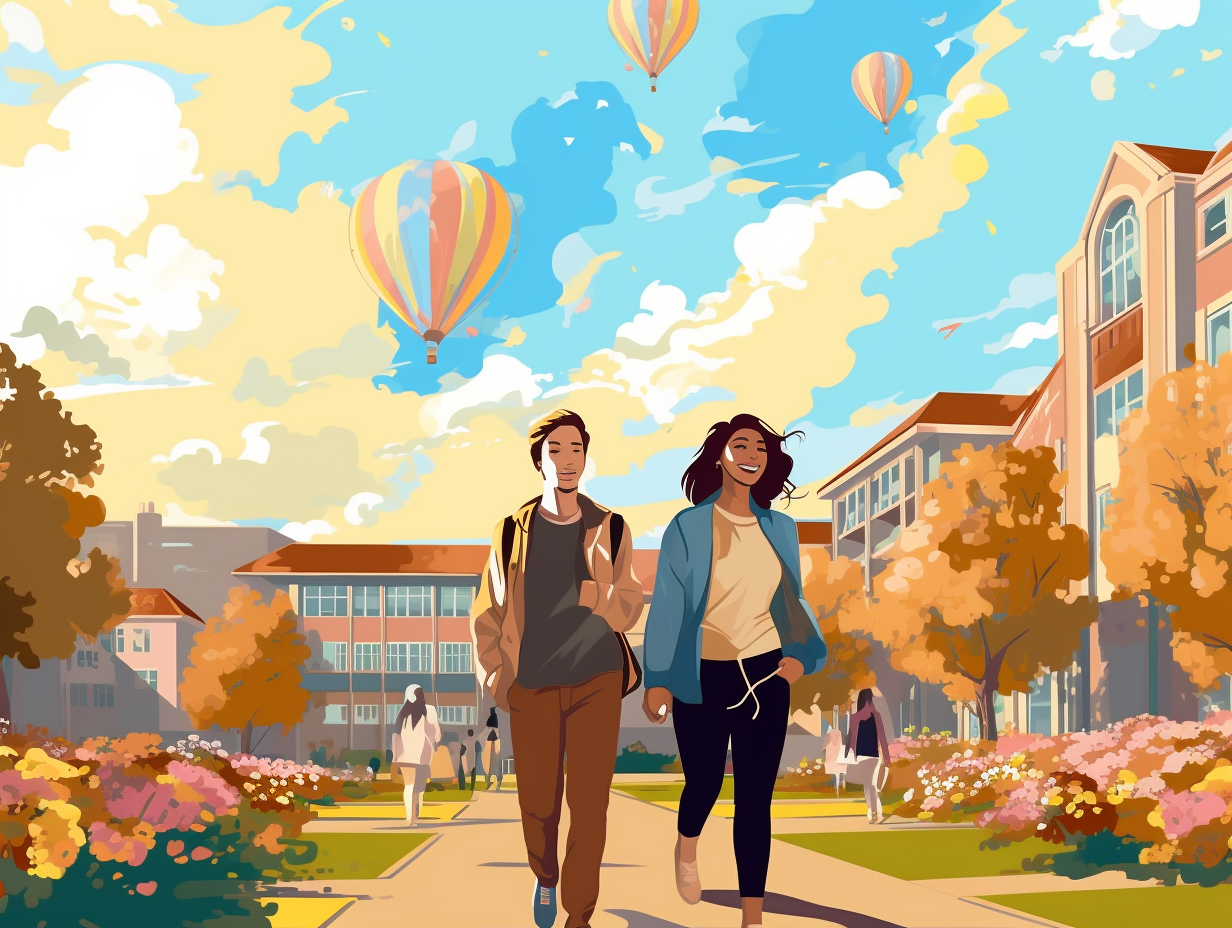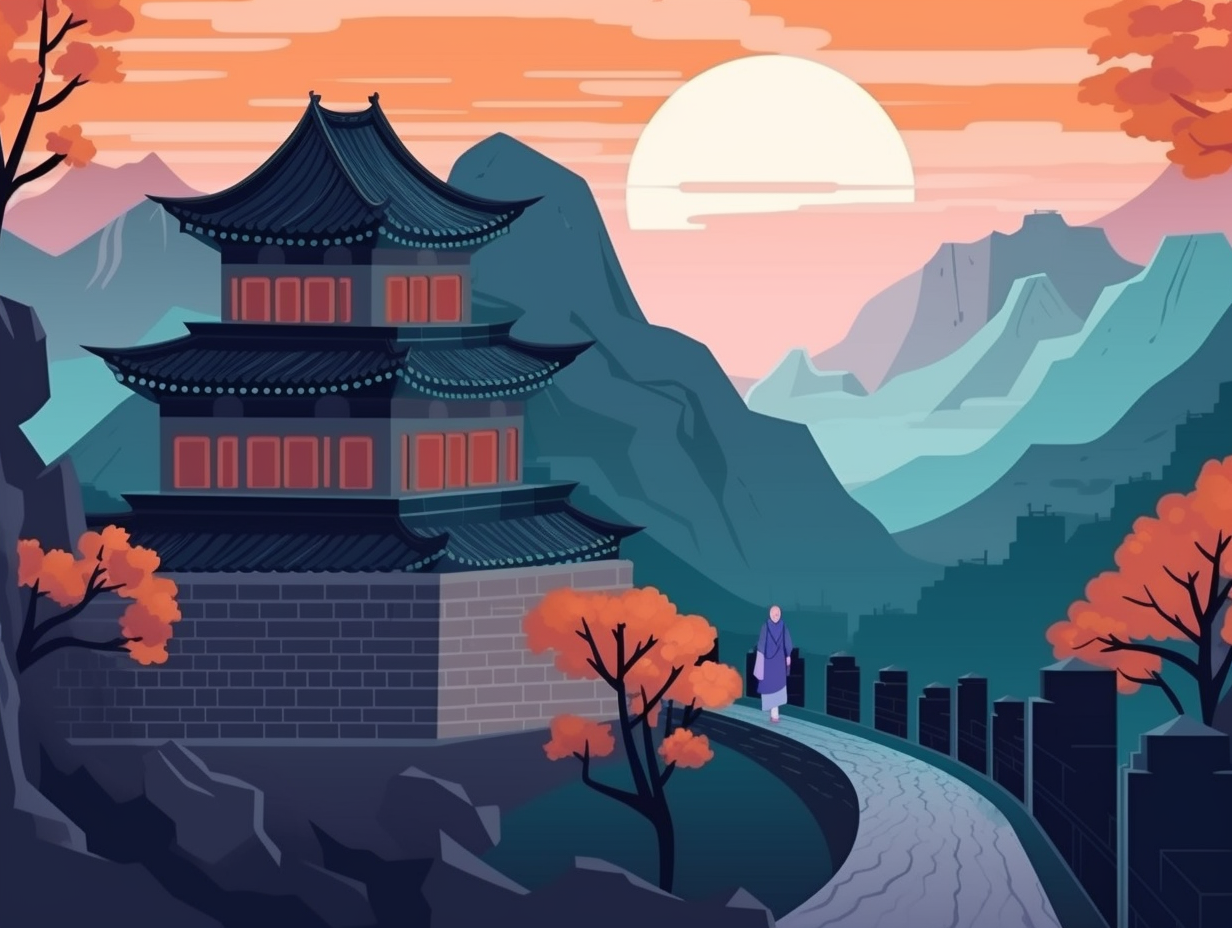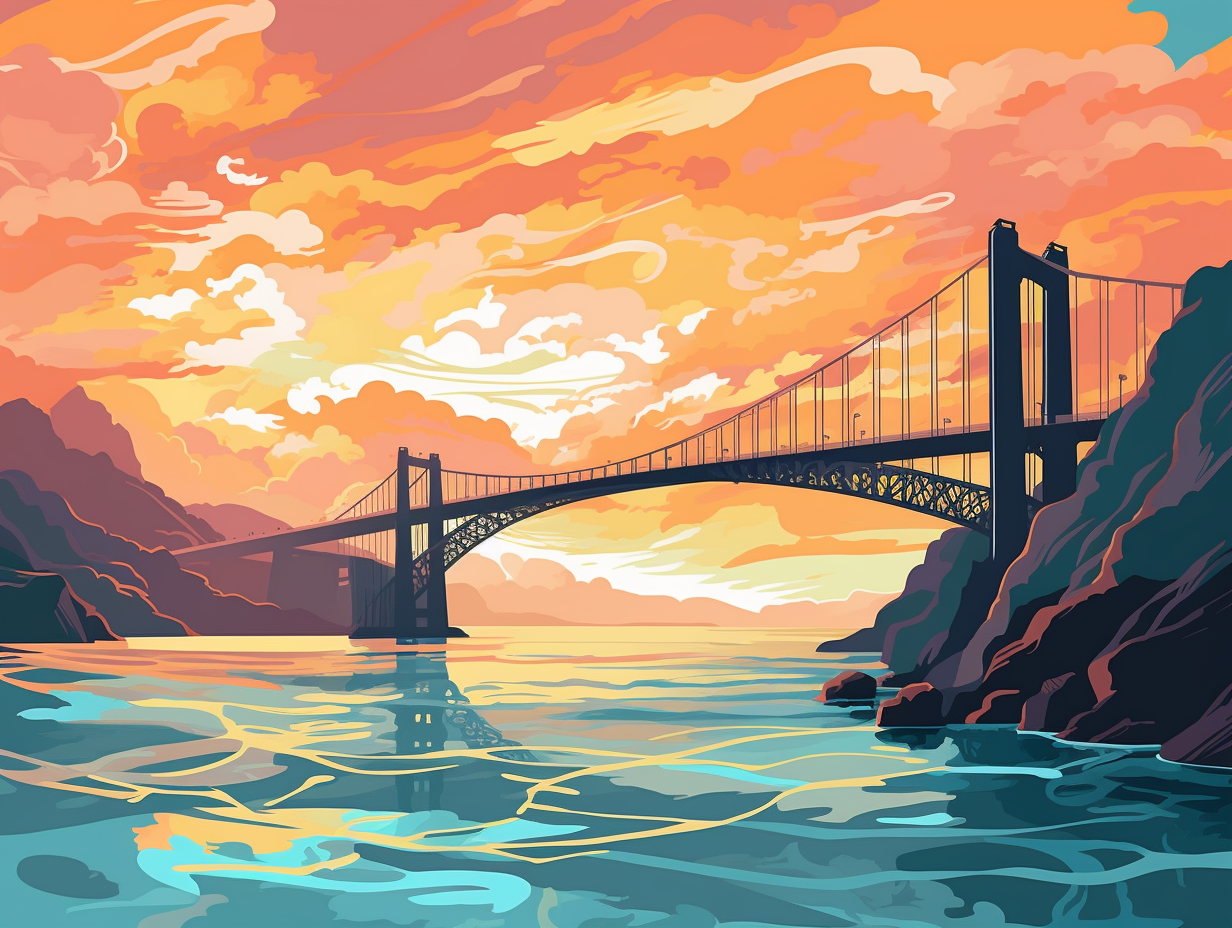Discovering the Presidential Residence: Top 23 Fun and Fascinating Facts About the White House
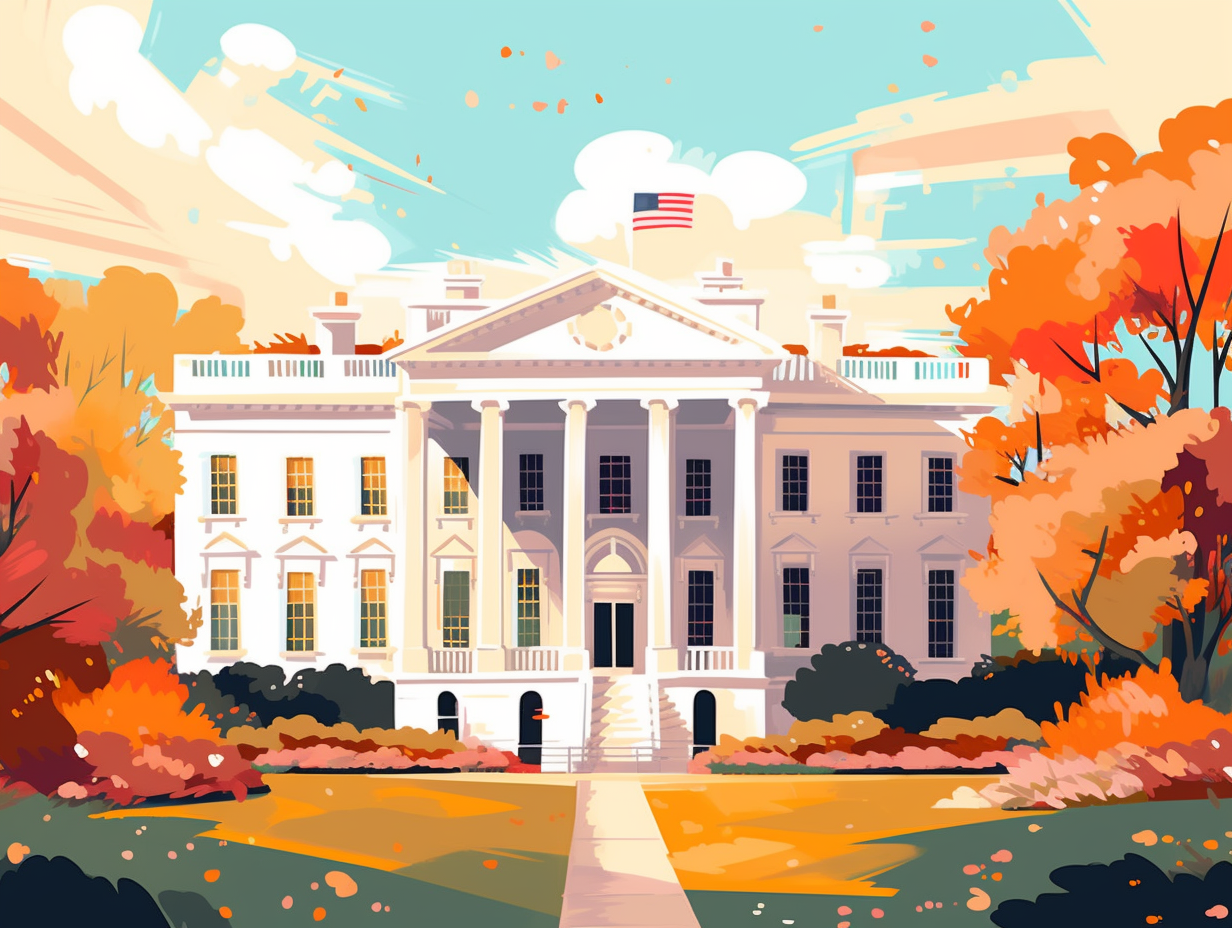
1. Presidential Pet Parade
From presidents hosting furry cabinet meetings to parading their trusty sidekicks: The White House has a long history of presidential pets, ranging from Theodore Roosevelt's menagerie and Joe Biden's German Shepherds to more exotic animals like birds, ponies, and even a kangaroo rat, all contributing to their owner's political image and providing companionship to the first family.
Source => whitehousehistory.org
2. White House By The Numbers
If walls could talk, the White House might just become a stand-up comedian with all the stories it could tell from behind its 147 windows: The historic presidential residence boasts 35 bathrooms, 28 fireplaces, 8 staircases, 3 elevators, and a kitchen equipped to serve dinner to 140 guests or hors d’oeuvres to over a thousand. It's also quite the paint guzzler - 570 gallons to be exact - as it ensures a fresh facade for each new commander-in-chief.
Source => whitehouse.gov
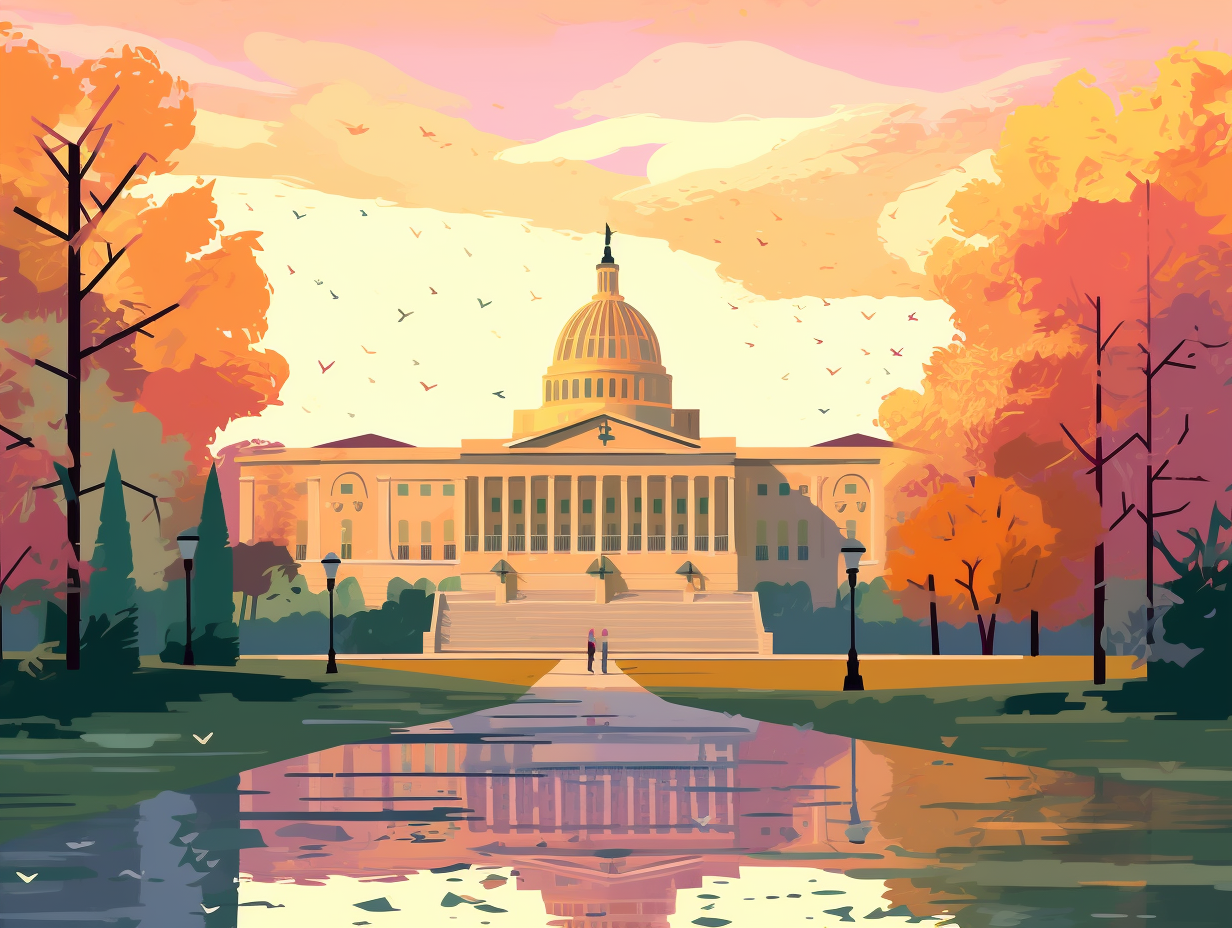
Did you know the United States Capitol building served a dual purpose as a place of worship and workplace until after the Civil War? Discover how its chambers were once designated for Christian services!
=> Fun Facts about The-Capitol-Building
3. FDR's Furry Sidekick, Fala
Before Air Bud, there was Fala, FDR's scene-stealing, four-legged political prop: President Franklin D. Roosevelt had a total of seven dogs during his White House tenure, but it was his Scottish Terrier, Fala, who captured the nation's heart, becoming a symbol of hope and morale during World War II while frequently making appearances in political speeches and cartoons.
Source => rollcall.com
4. Gingerbread House Traditions
Forget decking the halls, it’s all about decking the White House, gingerbread style: The White House's annual gingerbread house is an intricate, months-long project with designs reflecting the current First Family and their interests, but is eventually retired to the elusive North Pole rather than being consumed.
Source => thegardendiaries.blog
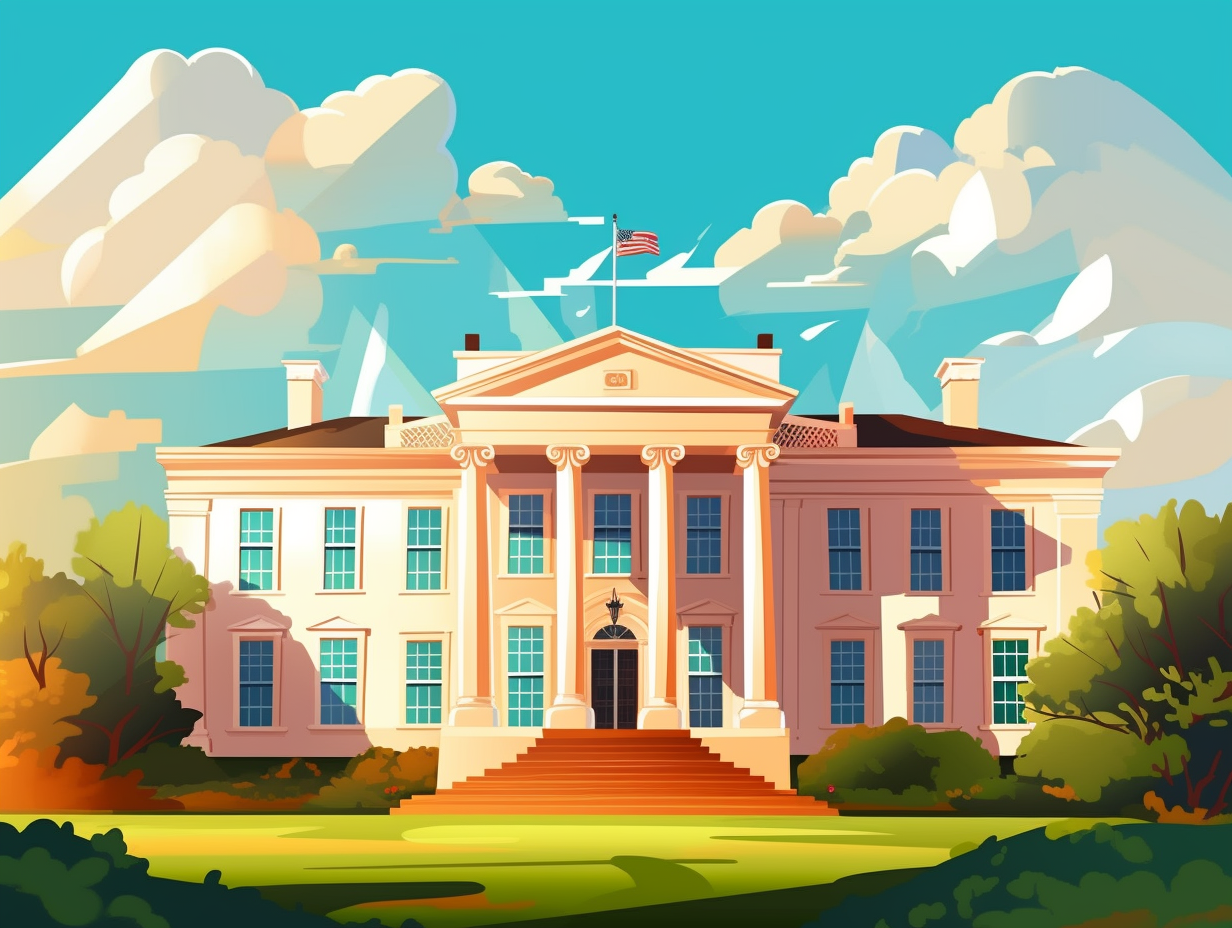
5. Fireplace Overload
Forget turning up the heat, the White House knows how to keep it roasty-toasty in style: Boasting 28 fireplaces, this presidential abode makes sure there's always a warm welcome during the chilliest of American winters!
Source => whitehouse.gov
6. Taft Haunting Ghostbusters
Who you gonna call? Ghost-ousting President Taft, of course! In a White House staff meeting that could rival a seance, President Taft laid down the paranormal law: The White House is home to several ghost sightings, including a spirit named the "Thing," which terrorized the staff in 1911. Taft threatened to fire anyone who spread stories about the otherworldly visitor. More famously, phantoms of Abraham Lincoln, Andrew Jackson, and Dolley Madison roam the historic halls, with Dolley even keeping watch over the Rose Garden.
Source => whitehousehistory.org
7. Paint Job Origin Story
You might be tempted to think the White House was so embarrassed about its past as a burnt marshmallow that it slathered itself in frosting to hide the evidence, but the truth is more fascinating: The White House originally sported gray and red sandstone walls, only receiving its iconic white coat after the War of 1812, using a unique concoction of rice glue, casein, and lead to cover the 570 gallons required for the whole structure.
Source => thoughtco.com
8. Leisure Additions Galore
From the tale of a botanical wonderland perched atop the White House terrace to the secret world of Eisenhower-era underwater capers and a presidential jogging track that could rival your local gym: the White House grounds have seen many fascinating leisure addition through its history. Notable examples include a Tennis Pavilion overseen by Melania Trump, the west terrace greenhouse built under James Buchanan, Franklin D. Roosevelt's 1933 indoor swimming pool, the ever-sunny Solarium since Taft's days, and even Bill Clinton's quarter-mile track along the South Lawn.
Source => insider.com
9. White House Makeover
When the White House threw itself a birthday party, it went all out with a total makeover: From 1949 to 1951, the entire interior of the White House was gutted and rebuilt, complete with new plumbing, heating, and electrical systems. The renovation even added a new third story and balcony, so its presidential residents could get a better view of their beautiful backyard, the South Lawn.
Source => bensguide.gpo.gov
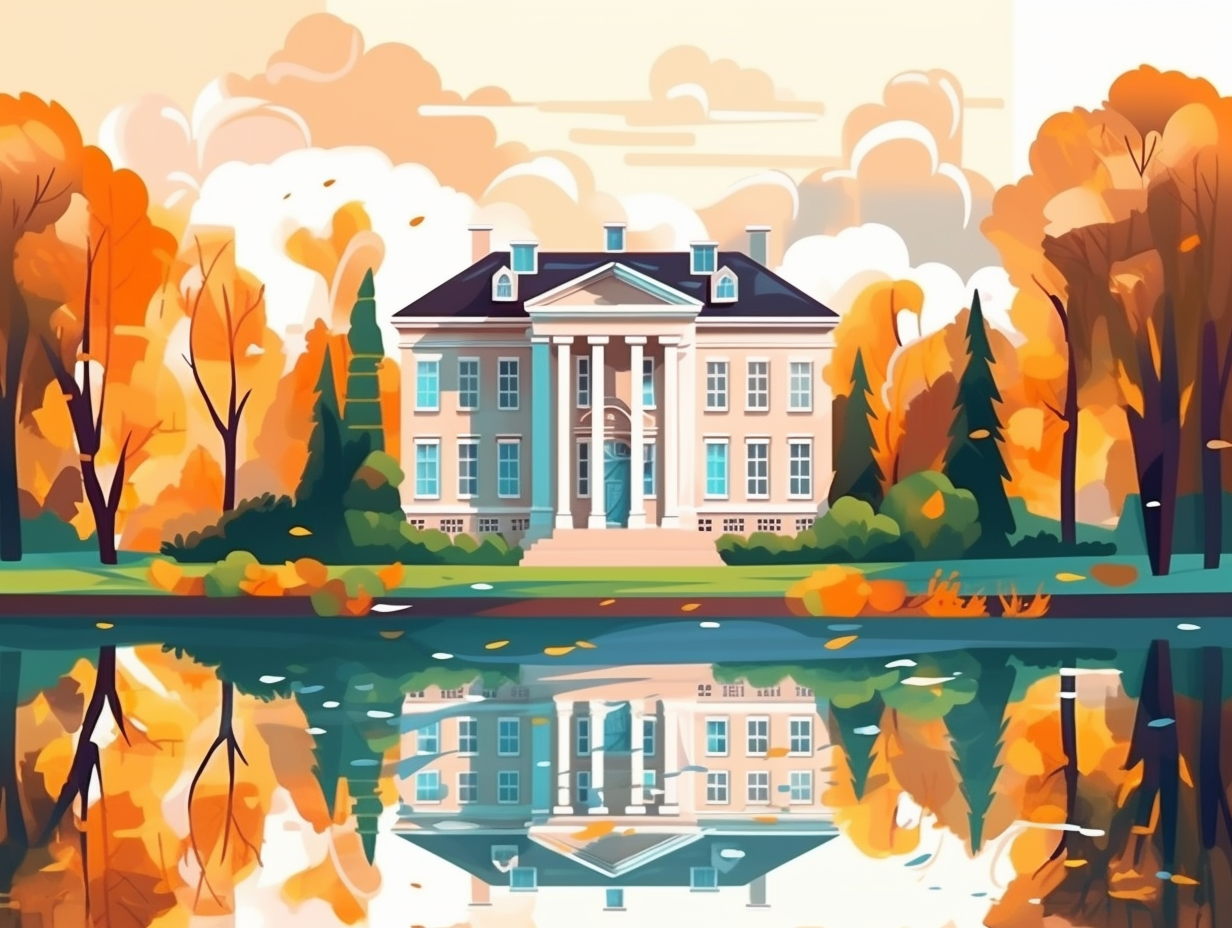
10. Presidential Movie Nights
Lights, camera, executive action: The White House boasts its very own movie theater, the Family Theatre, a cloakroom-turned-cinematic retreat since 1942 where Presidents and their kin unwind with everything from newsreels to Spielberg screenings, a 42-seat antique gem complete with plush presidential armchairs and movie-palace red decor.
Source => georgewbushlibrary.gov
11. Biden's Star-Studded Office
Whether President Biden is secretly passionate about interior design or just trying to keep up with the Joneses, his Oval Office features a star-studded cast of historical figures and a space rock to boot: With an all-American lineup of portraits and busts including Thomas Jefferson, Alexander Hamilton, Martin Luther King Jr., Robert F. Kennedy, Cesar Chavez, Rosa Parks, and Eleanor Roosevelt, as well as a Benjamin Franklin painting and a moon rock displayed on a bookshelf, the revamped room showcases both Biden's admiration for icons of the past and his dedication to science. Contrary to popular belief, though, the Oval Office wasn't originally dubbed the "Green House" nor was it painted blue in the Truman years.
Source => washingtonpost.com
12. Name and Address Evolution
Once upon a lime, in a land filled with rice glue and casein, the presidential abode wasn't always as clear as black and white: It was initially called the President's Palace, Presidential Mansion, or President's House and was whitewashed during its construction with a mixture of these materials. The name "White House" entered the stage in 1811 and President Theodore Roosevelt made it official in 1901. And, as luck would have it, its address has been 1600 Pennsylvania Avenue NW since way back in 1800!
Source => en.wikipedia.org
13. Irish Architect's Handiwork
When Irish eyes are smiling, they're probably envisioning the abode of America's highest honcho: The White House was indeed designed and constructed by an Irish architect named James Hoban! Putting his pot o' gold prowess into play, Hoban's original design included four floors, but ended up with only three by the time it was finished in 1800: The looming four-level blueprint morphed into a more modest version during construction, with the third floor and roof ultimately making a fashionable entrance in 1927, supplying an additional eighteen guest and service rooms.
Source => whitehousehistory.org
14. Teddy's West Wing Expansion
When Teddy Roosevelt wasn't busy cuddling up to bears, he had a thing for expansions – especially the West Wing kind: President Theodore Roosevelt oversaw the construction of the temporary office building now known as the West Wing and transformed the presidency, with President Taft later relocating and shaping it into the iconic Oval Office.
Source => georgewbush-whitehouse.archives.gov

15. Historic White House Stables
"Neigh" more room for presidential rides: The White House once boasted a series of on-site stables from 1800 to 1911, housing the president's horses and carriages, until a tragic fire in 1864 destroyed the Lincoln family's steeds and the last stable was demolished.
Source => whitehousehistory.org
16. Michelle's Veggie Garden
Who said the White House couldn't get more dope and green? It turns out that this presidential pad is also home to a thriving veggie scene: Since 2009, the South Lawn has hosted a 1,100-square-foot vegetable garden, boasting 55 varieties of organic vegetables and herbs, all courtesy of Michelle Obama's green thumb. Not only does it supply fresh produce for the first family's meals and formal dinners, it also serves as an educational tool for promoting healthier eating amidst a national obesity and diabetes crisis. Extra bonus: It's cared for by White House staff and even includes a couple of beehives for that sweet honey factor.
Source => nytimes.com
17. Cozy Family Theatre
Even in the humble abode of 1600 Pennsylvania Avenue, movie night is a staple occasion: tucked away within the White House's East Wing lies a cozy 42-seat Family Theater, which has been entertaining commanders-in-chief since Franklin D. Roosevelt transformed a cloakroom into this cinematic haven.
Source => businessinsider.com
18. Hoban's Humble Beginnings
From crafting wooden wheels in Ireland to wheeling and dealing with the founding fathers in Washington: James Hoban, a simple carpenter and wheelwright, was handpicked by President George Washington to design and build the iconic White House, leaving a lasting legacy in the architectural and cultural growth of the nation's capital.
Source => whitehousehistory.org
19. Secret White House Basement
If you thought the White House was just a political termite mound filled with serious faces and presidential ballyhoo, boy, are you in for a labyrinthine surprise: Beneath this famous abode lies a basement sporting such diverse amenities as a bowling alley, flower shop, carpenter's shop, kitchen, pantry, chocolate shop, cold storage, and a range of multipurpose rooms; even housing two underground tunnel systems for that extra stealthy presidential entrance or exit!
Source => groundworks.com
20. Bush's Horseshoe Extravaganza
When horsing around goes presidential: George H.W. Bush was such a horseshoe aficionado that he appointed a "Horseshoe Commissioner," organized annual tournaments, and played against global VIPs like Queen Elizabeth II and Boris Yeltsin at the White House horseshoe pit.
Source => en.wikipedia.org
21. Resolute Desk Adventures
Ahoy there, presidential desk enthusiasts! You may have heard that the White House Oval Office is home to a certain historic piece of furniture that has truly seen some shipshape policy-making: The Resolute desk, used by a whopping eight presidents, was crafted from the timbers of the HMS Resolute, a ship abandoned in the Arctic in 1854. After a U.S.-funded refit, the ship's oak was repurposed into three desks, with the most famous one meticulously designed by Morant, Boyd, & Blanford, built by William Evenden at Chatham Dockyard, and presented as a gift to President Rutherford B. Hayes in 1880. Who said politics and piratical furniture couldn't mix?
Source => en.wikipedia.org
22. Easter Egg Roll Origins
In a scramble to preserve tradition while keeping the Capitol's grounds sunny-side up, President Ulysses S. Grant cracked a few yolks and whisked children away to a better place for egg-rolling mischief: The legendary White House Easter Egg Roll officially became an annual event in 1878 under President Rutherford B. Hayes, after President Grant banned the eggy shenanigans on Capitol grounds due to concerns over the landscape.
Source => trumpwhitehouse.archives.gov
23. Frosting the White House
Even though frosting the White House was never on the Great British Bake Off's to-do list, something quite similar took place in 1798: The iconic color of the White House isn't actually due to slathering it with a fresh coat of paint to hide the scorch marks from the British invasion in 1814. Historical documents reveal that its first whitewashing, using lime, was done in 1798 to stop sandstone edges from cracking in the frosty winters. Known as the "White House" since the 1800s, it wasn't adopted officially until 1901 under President Theodore Roosevelt, who made it the name to use on stationery and official documents, forever retiring the old "Executive Mansion" moniker.
Source => whitehousehistory.org
Related Fun Facts

